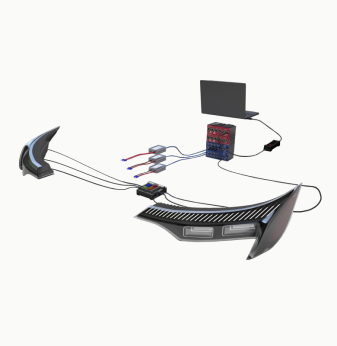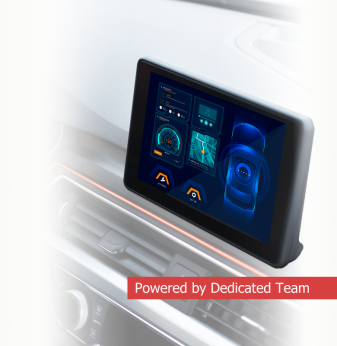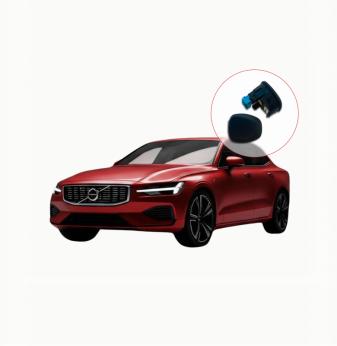How AI is Revolutionizing the Car Industry
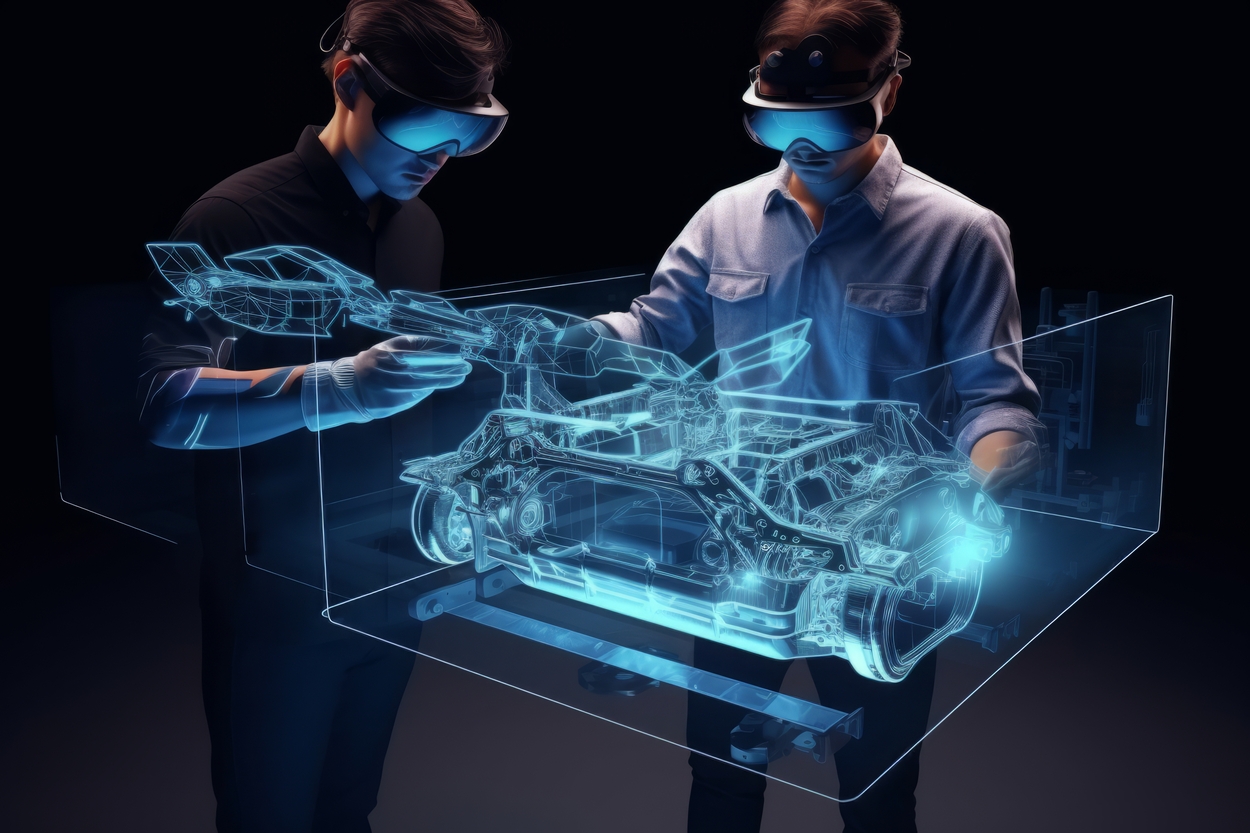
Why AI is Changing the Car Industry
Artificial intelligence is no longer just a concept of the future – it’s here and it’s changing the way we drive, manufacture and maintain vehicles. From AI powered driver assistance systems to predictive maintenance and self driving technology, artificial intelligence is at the heart of car development.
Cars today are more than just mechanical machines; they are complex data driven systems that can learn and adapt to their environment. Whether it’s improving safety features, optimising fuel efficiency or creating fully autonomous driving experiences, AI is at the core of these innovations.
In this article we’ll be looking at the key areas where AI is transforming car development, the challenges it poses and what the future holds for smart AI cars.
Where AI is Having the Biggest Impact in Car Development
AI is integrated into almost every aspect of modern vehicles, from self driving capabilities to production processes. Here’s a closer look at the areas where AI is having the most impact.
1. AI Powered Autonomous Driving
One of the biggest advancements in artificial intelligence in the car industry is self driving technology. AI processes vast amounts of real time data from cameras, sensors and radar to navigate the roads safely and efficiently.
AI TechnologyFunction in Autonomous VehiclesMachine LearningImproves decision making based on driving patternsComputer VisionRecognises pedestrians, road signs and lane markingsLiDAR & Radar SensorsDetects objects, vehicles and obstaclesNeural NetworksSimulates human like driving behaviour for safer navigation
While fully autonomous vehicles are still in development, many modern cars already feature advanced driver assistance systems (ADAS) like adaptive cruise control, lane keeping assistance and automated emergency braking. These features make driving more convenient and safer.
2. AI in Automotive Safety Systems
AI is playing a major role in vehicle safety, reducing human error – the leading cause of road accidents. Today’s AI powered safety features help drivers avoid collisions, stay in their lane and react to potential hazards faster than a human could.
Some of the key AI driven safety features include:
- Collision avoidance – AI detects potential crashes and applies the brakes automatically.
- Driver monitoring – AI based cameras track eye movement to prevent drowsy or distracted driving.
- Lane departure warning – Alerts the driver when the vehicle unintentionally drifts out of its lane.* Blind-spot detection – Uses sensors to warn drivers about vehicles outside their field of vision.
These AI powered safety features are now standard in many vehicles, making driving safer for everyone on the road.
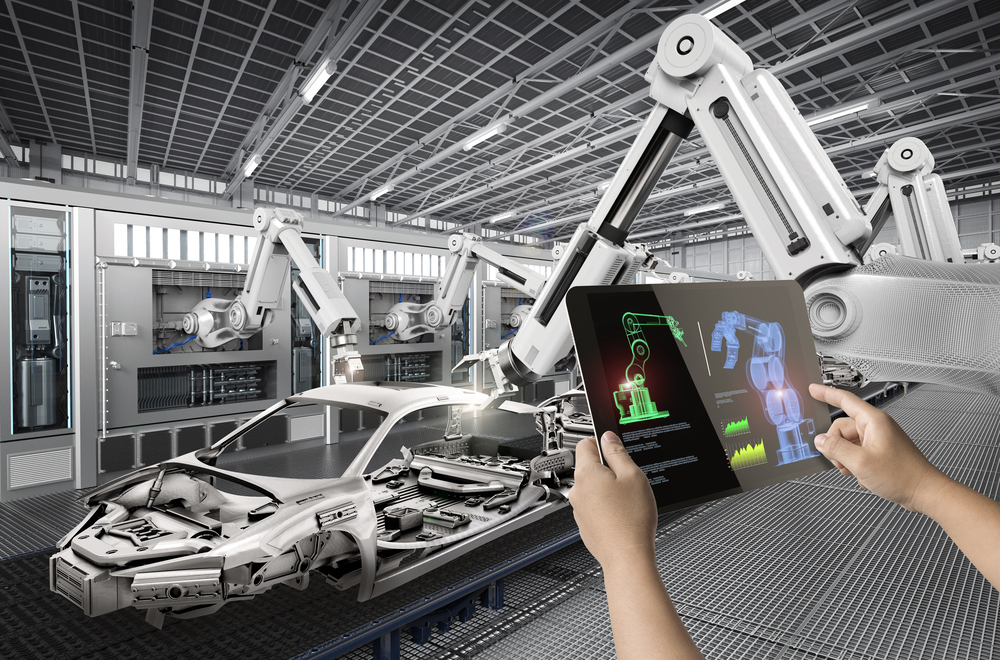
3. Predictive Maintenance and AI Diagnostics
Unexpected car breakdowns can be expensive and dangerous. AI is helping prevent this by enabling predictive maintenance, where vehicles monitor their own health and alert drivers to potential failures before they happen.
ComponentHow AI Improves Predictive MaintenanceEngine PerformanceDetects irregular fuel consumption or power lossTire MonitoringPredicts wear and suggests timely replacementsBattery HealthAnalyzes charge cycles and prevents unexpected failures
Fleet managers and individual car owners benefit from AI driven maintenance alerts that reduce downtime and optimise repair schedules.
4. AI in Automotive Manufacturing
AI isn’t just changing how cars drive – it’s also revolutionising how they’re built. AI powered robots, predictive analytics and machine learning algorithms are making production lines faster, safer and more efficient.
AI driven improvements in car manufacturing include:
- Automated quality control – AI detects defects and ensures higher precision in manufacturing.
- Smart supply chain management – AI predicts material shortages and optimises logistics.
- Robotic assembly lines – AI driven robots improve precision and speed in car assembly.
AI powered manufacturing not only speeds up production but also reduces waste, making the process more cost effective and sustainable.
5. AI-Enhanced In-Car Experience
AI is making modern vehicles more intuitive and personalised. AI powered infotainment systems learn driver preferences, optimise routes based on real time traffic data and even adjust climate settings for maximum comfort.
Some examples of AI driven in-car features include:
- Voice assistants – Allow hands free control of navigation, music and calls.
- Personalised settings – Adjusts seat positions, lighting and climate control based on driver habits.
- AI powered navigation – Analyzes real time traffic data to suggest the fastest route.
In the coming years AI powered in-car systems will become even more advanced, integrating with smart homes, improving vehicle to vehicle communication and offering predictive assistance.
Challenges of Implementing AI in Automotive Development
While AI brings many benefits to the automotive industry, it also presents several challenges:
1. High Development Costs
Developing AI driven automotive solutions requires vast amounts of data, powerful computing resources and continuous software updates. This makes AI development costly for automakers.
2. Compliance and Safety Issues
Governments are still working on defining the rules and standards for AI powered vehicles. Ensuring compliance is a big challenge for the manufacturers.
3. Security Threats
AI powered vehicles have a lot of data, so they are an easy target for hackers. Strong encryption and security protocols are necessary to protect AI driven vehicle systems from hacking.
4. Training AI for Real World Scenarios
Autonomous systems require millions of miles of test data to work safely in real world environments. This data collection and training process is ongoing and complex.
Conclusion
Artificial intelligence is changing the automotive industry in ways we never imagined a decade ago. From self driving technology to AI powered safety features, predictive maintenance and smart manufacturing, AI is touching every aspect of vehicle development.
While challenges like high development cost and security remain, the rapid progress in AI is pushing the industry towards a future where cars are not just transportation tools but intelligent, adaptive mobility solutions.
For companies looking to implement AI driven automotive solutions, partnering with experienced technology providers ensures compliance, security and latest innovation.

